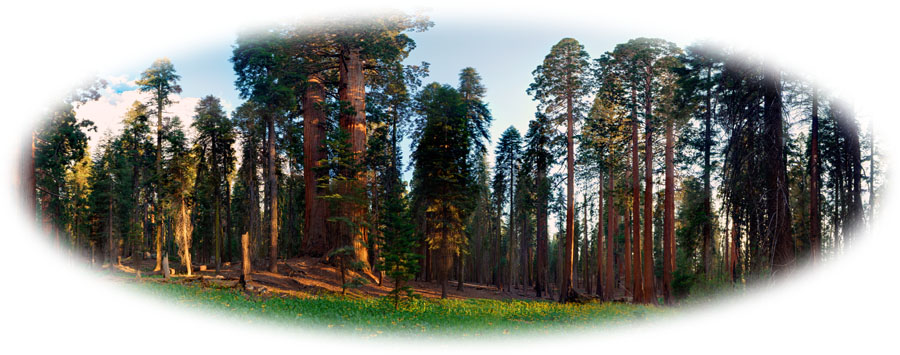
|
|

|
|
|
| Dynamic Range is the difference in luminence between the brightest area of a scene and the darkest. While your eyes can see detail in both full sun and shadow at the same time, film and digital sensors cannot. They have a much narrower "dynamic range" than the human eye. So if you were taking a photo which included bright areas like the sky and shadowed areas like the bottom of a canyon, you have always had to choose between them with either the sky blown out or the valley bottom nearly black, with very little detail. My late friend, Galen Rowell, invented a system of graduated neutral filters to try and extend the dynamic range of film by filtering areas such as the sky, that could be easily isolated from the rest of the shot. This technique was pretty useful and extended the reach of the photographer in a valuable way. The idea of "bracketing" a shot has been around for a long time too. Bracketing is when you shoot each picture several times in succession, changing the exposure each time, until you have a set of images of the same picture, with some exposed too darkly and some too bright, with the correct exposure somewhere in the middle. For example, you might shoot a series of 9 pictures, changing the exposure time with each shot so it is the equivalent of 1 f stop change with each exposure. With this method you would get 9 negatives of the same place at the same moment. Using a tripod and remote release are very important when bracketing a shot so that each image is an exact duplicate of the others in the set, except for their exposure.
|
|
|
|
|
|
|
|
|
|
|